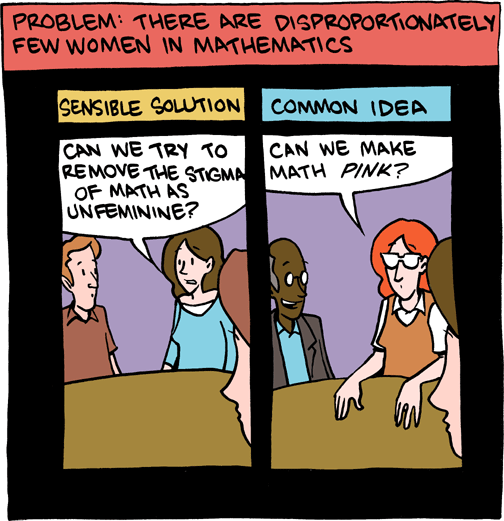One of the best hashtags I've seen on Twitter recently has been #fuck2010. I'll go with that. What a shitter of a year, eh? On the domestic front, our landlord has seemingly tried to kill us twice, tried to evict us once, and been an absolute arse 365 times by virtue of waking up each morning. Paul was made redundant in February, and has only recently managed to find employment (working at the same college as me - yay!).
We have lost three geckos that we had hoped to have for a good 10 years at least. As I type, Paul is building a new vivarium (the "jab-itat") for Jabba, and hoping that we will reach the end of 2011 with the same gecko we started with.

In October, our friend and neighbour Kel died. The world is quieter and less liberal, and Man Utd has lost its most ardent fan. We are just two of many who will miss him terribly.
On a more positive note, I continue to adore lecturing (but loathe the admin - especially some stuff I simply will not talk about publicly). My students mean the world to me, but if I ever told them that it'd go to their heads. One student is now at Portsmouth University studying palaeobiology, and he wouldn't have been there if I hadn't been his teacher. One of my tutees knows another of my old A2 students, and he apparently says I'm the best teacher he ever had. So maybe I have some talent for this after all.
What does 2011 hold? I will finish my PGCE in June, and then the world (of FE) is my oyster. My second A2 class will leave for university, and the BTEC students I've taught for two years will head on too. Don't tell them, but I will cry like a baby when they go.
Apart from a long weekend in Norfolk, I have not had a holiday in nearly two years. And we have not been abroad since October 2008. With the financial constraints of the past year, even travelling in the UK has been difficult, and we've barely been more than 20 miles from home all year. So this photo is my new year's resolution:

This is where I want to be at some point in 2011. Here's to a better year next year.
We have lost three geckos that we had hoped to have for a good 10 years at least. As I type, Paul is building a new vivarium (the "jab-itat") for Jabba, and hoping that we will reach the end of 2011 with the same gecko we started with.

In October, our friend and neighbour Kel died. The world is quieter and less liberal, and Man Utd has lost its most ardent fan. We are just two of many who will miss him terribly.
On a more positive note, I continue to adore lecturing (but loathe the admin - especially some stuff I simply will not talk about publicly). My students mean the world to me, but if I ever told them that it'd go to their heads. One student is now at Portsmouth University studying palaeobiology, and he wouldn't have been there if I hadn't been his teacher. One of my tutees knows another of my old A2 students, and he apparently says I'm the best teacher he ever had. So maybe I have some talent for this after all.
What does 2011 hold? I will finish my PGCE in June, and then the world (of FE) is my oyster. My second A2 class will leave for university, and the BTEC students I've taught for two years will head on too. Don't tell them, but I will cry like a baby when they go.
Apart from a long weekend in Norfolk, I have not had a holiday in nearly two years. And we have not been abroad since October 2008. With the financial constraints of the past year, even travelling in the UK has been difficult, and we've barely been more than 20 miles from home all year. So this photo is my new year's resolution:
This is where I want to be at some point in 2011. Here's to a better year next year.




















